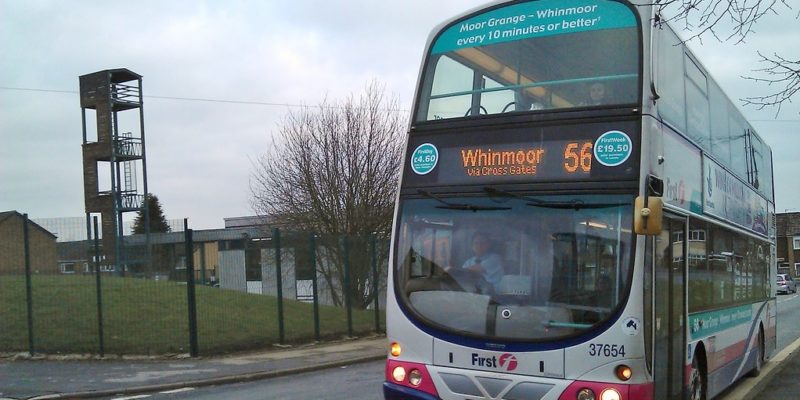Leeds East Labour

Ministers maintain that public transport should be used as a last resort for the near future, as they seek to encourage people into cycling and walking to work.
For those who have to use public transport to get back to work, the guidance for passengers on how to travel safely recommends:
- keeping 2 metres apart from others wherever possible
- wearing a face covering if you can
- using contactless payment where possible
- avoiding rush hour travel where feasible
- washing or sanitising your hands as soon as possible before and after travel
- following advice from staff and being considerate to others
Passengers are advised to plan ahead, take a less busy route where possible and reduce the number of changes.
Guidance for operators outlines measures to assess and address the risks of coronavirus (COVID-19) in the transport sector across England.
The Department for Transport said: ‘All transport operators have been issued guidance on ensuring stations and services are regularly cleaned, making clear to passengers how to stay two metres apart where possible in stations, airports and ports, and to ensure routes for passengers are clearly communicated to avoid crowding.
‘The Government’s guidance also sets out steps operators should take to provide safe workplaces and services for their staff and passengers across all modes of private and public transport.’
It recommends a risk assessment is carried out, which considers the following points:
- Risks to workers, passengers, customers and the public, along with the control measures required
- The impact of control measures and whether they result in additional, different risks or non-compliance with other requirements (for example health and safety or equalities legislation)
- Applying the hierarchy of controls set out in the Management of Health and Safety at Work Regulations 1999
- Consultation with workers, or bodies representing workers, and the public
- The visibility of the results of any risk assessment
- Service providers have duties to ensure individuals with protected characteristics, for example disabled people, the elderly and pregnant women, are able to access transport networks
- Individuals should be supported to comply with social distancing.
Transport secretary Grant Shapps said: ‘Transport operators and staff have been working hard to ensure that people who need to get to work are able to do so, including crucial NHS workers and all those on the frontline of the fight against the virus.’
Trade unions sources said the guidance lacked substance and could be impossible to implement in practice on busy networks like London’s.
